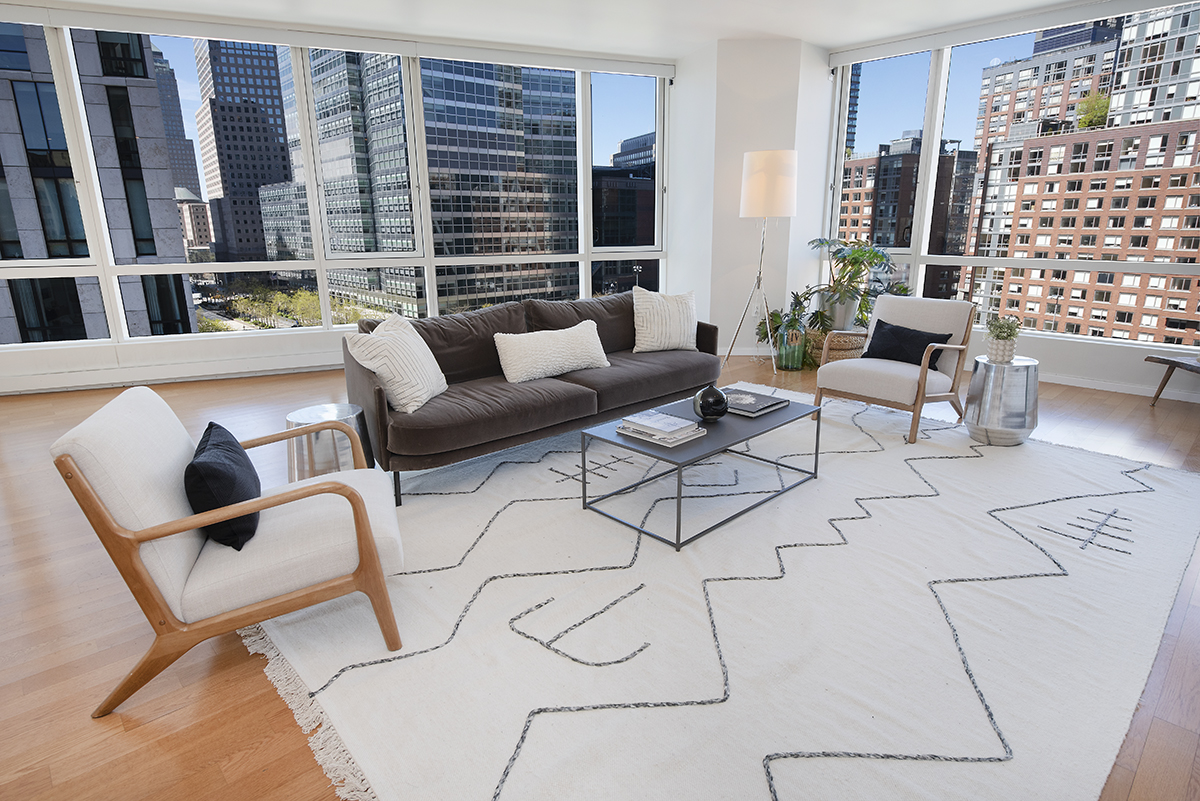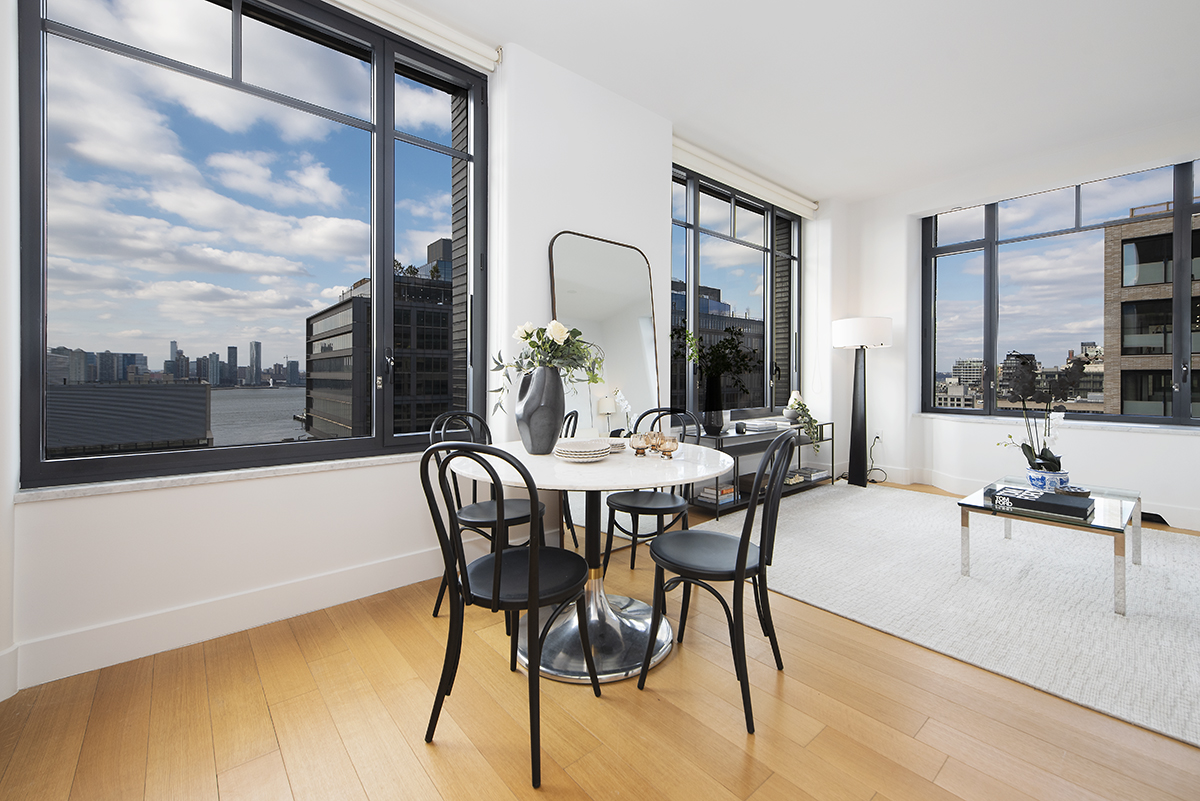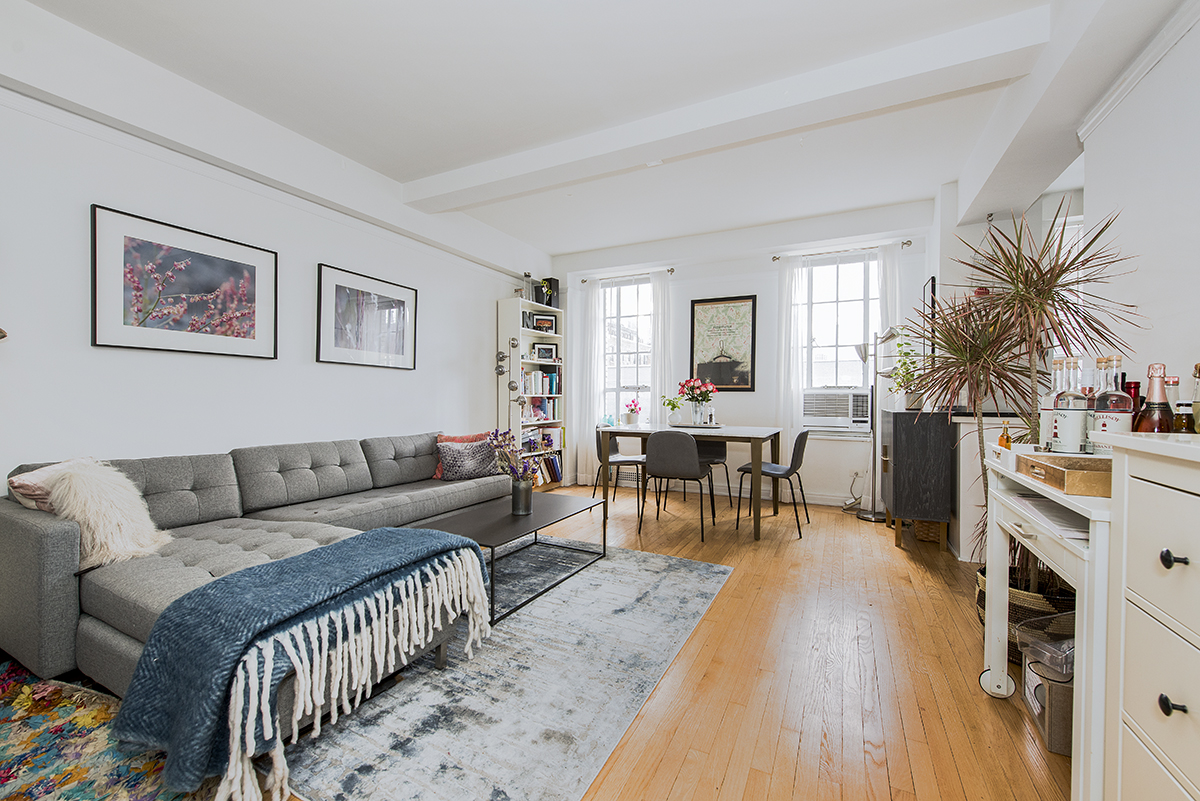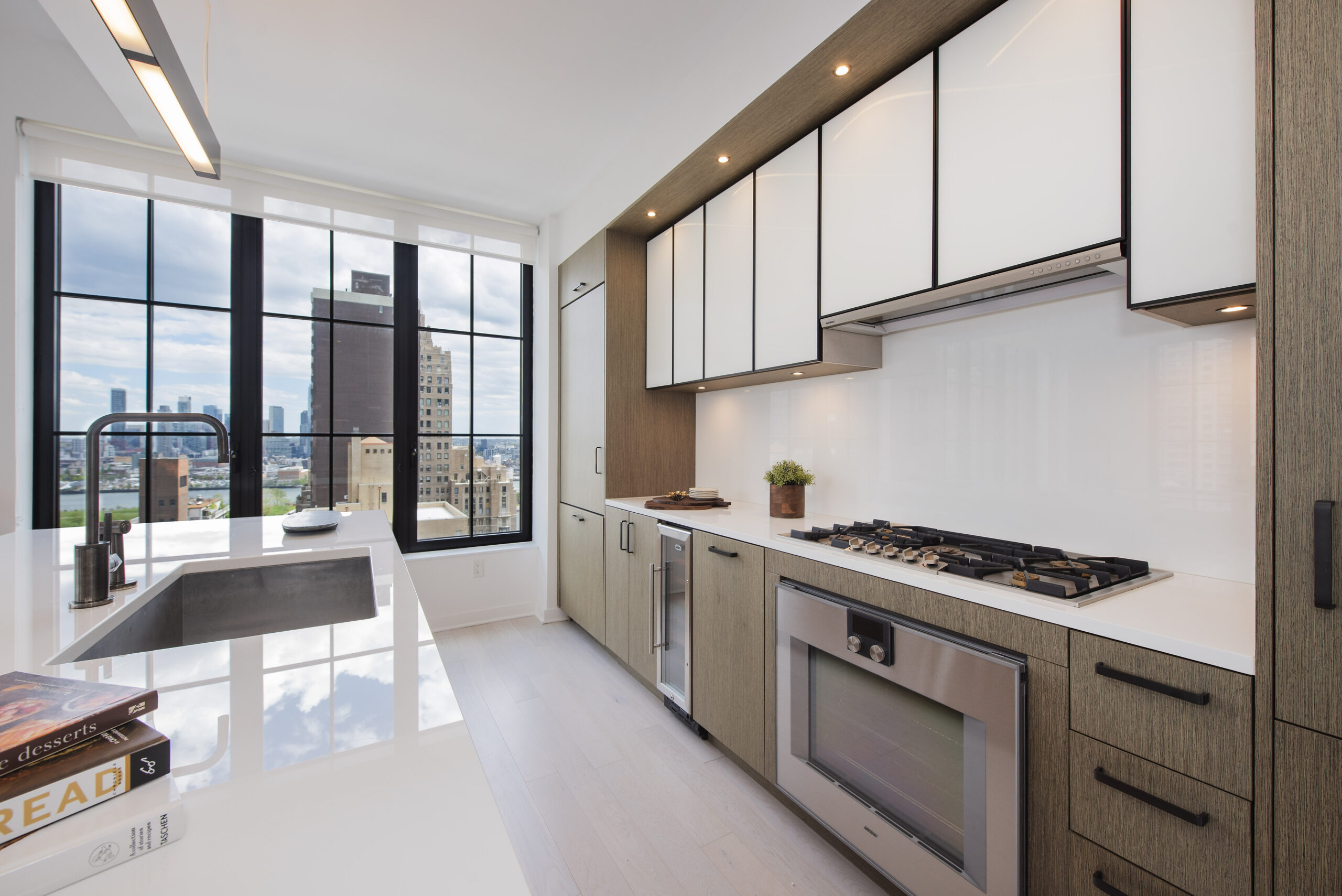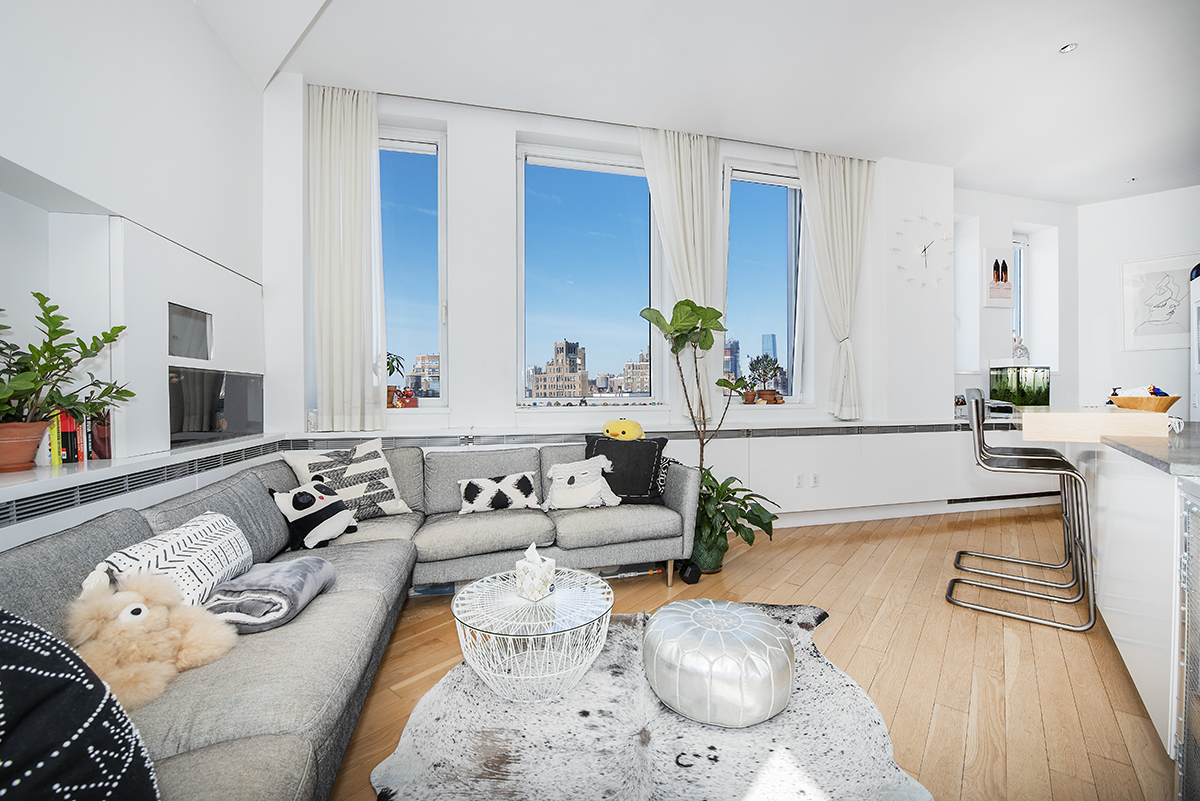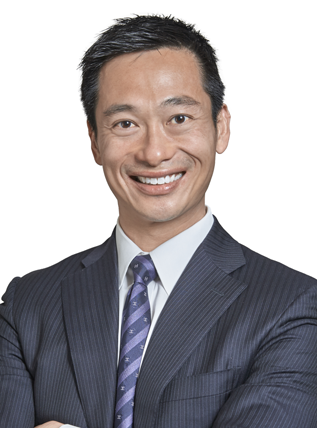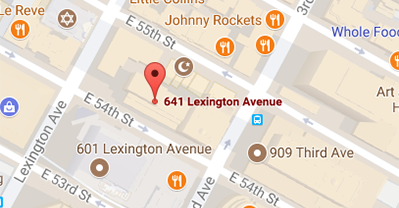Is Manhattan Property a Good Investment for Singaporeans?
Posted by Wei Min Tan on February 25, 2025
Is Manhattan property a good investment for Singaporeans? This question is top-of-mind for many high-net-worth individuals and families seeking diversification and a foothold in the global real estate market. While Manhattan boasts a prestigious address and a thriving economy, a careful analysis is crucial before making this significant investment.
Read about Wei Min’s style in Best Manhattan property agents and Role of a buyer’s broker.
Factors Favoring Manhattan Investment:
Prestige and Lifestyle: Manhattan is synonymous with luxury, culture, and unparalleled lifestyle experiences. Owning property in Manhattan offers unparalleled prestige and access to world-class dining, entertainment, and cultural institutions. This aligns with the aspirations of many Singaporeans, who value high-quality living experiences and a sophisticated lifestyle.
Strong Rental Market: Manhattan boasts a robust rental market, primarily driven by a constant influx of high-earning professionals and entrepreneurs. These individuals, drawn to the city’s dynamic business environment and career opportunities, create a consistent demand for premium rental properties. This demand translates to a relatively stable income stream for investors. After operating expenses such as common charges (maintenance), property taxes and other expenses, the rental yield is typically between 2 to 3 percent. While this may seem modest compared to some emerging markets, it represents a stable return in a mature and highly desirable real estate market. This stability is a key factor that appeals to Singaporean investors seeking long-term, reliable income.
Long-Term Appreciation Potential: Historically, Manhattan real estate has demonstrated strong long-term appreciation. This potential is driven by the limited supply of condominiums available for purchase. Notably, only 10 percent of the residential inventory in Manhattan consists of condominiums, with the remaining 70 percent being rental-only buildings and 20 percent being co-ops. This scarcity of condominiums, coupled with the consistently high demand for prime Manhattan real estate, creates a competitive market that drives up property values over time. The potential for capital appreciation aligns with the investment strategies of many Singaporeans who prioritize long-term wealth accumulation and legacy to leave for future generations.
Wei Min’s article: Manhattan Condo Historical Price Trend
Challenges and Considerations:
High Entry Costs: While Manhattan property is undoubtedly expensive, it’s important to clarify that, on a per square foot basis, it may not be as expensive as prime real estate in Singapore. According to the Wealth Report by Knight Frank, New York actually provides slightly more prime property for the same investment compared to Singapore. However, the key difference lies in the carrying costs. Common charges and property taxes in Manhattan are higher than those in Singapore. Investors should factor in these ongoing expenses, which can amount to approximately $3 per square foot per month, when assessing the overall affordability of Manhattan property.
Market Volatility: Manhattan’s real estate market, while historically strong, is susceptible to economic downturns and interest rate hikes. Economic downturns can lead to decreased demand for housing, impacting both rental income and property values. Similarly, rising interest rates can increase borrowing costs for potential buyers, dampening demand and potentially leading to price corrections.
Regulatory Environment: The U.S. real estate market has complex regulations, especially for foreign investors. Singaporeans must carefully structure their holding entity to address tax implications and legal requirements. Expert legal counsel is vital for navigating these complexities and ensuring a secure investment.
Wei Min’s article: Foreigner Buying Property in New York, 8 Questions That Matter
Deal Example: Halcyon in Midtown East, represented multiple clients at the $1.7 million to $5 million price point. We picked this new property project at pre-construction stage and the development completed in 2 years. Rented at premium rents since. Close to United Nations, Citigroup Center, Blackstone, Blackrock.
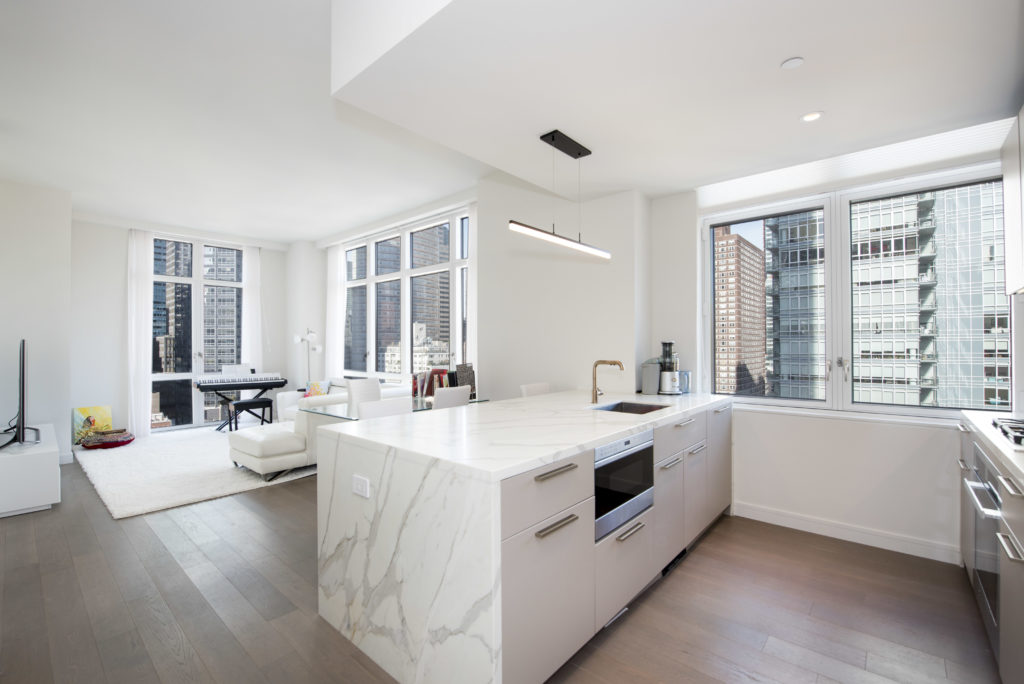
Diversification Benefits:
Global Portfolio Diversification: Investing in Manhattan property offers Singaporeans a tertiary level of diversification. Many of our clients already possess substantial real estate holdings in their home country. Adding Manhattan property to their portfolio provides an additional layer of diversification, extending their real estate investments beyond their primary and secondary markets. This can help mitigate risks associated with regional economic fluctuations and enhance overall portfolio resilience.
Currency Hedging: Owning property in U.S. dollar can provide a natural hedge against the Singapore dollar, potentially mitigating currency fluctuations that can impact investment returns. This currency diversification strategy is often employed by sophisticated Singaporean investors to manage foreign exchange risks.
Investing in Manhattan property presents both significant opportunities and challenges for Singaporeans. While the prestige, strong rental market, and long-term appreciation potential are attractive, factors such as high entry costs, market volatility, and the complexities of the U.S. market require careful consideration. By conducting thorough due diligence, diversifying their portfolios, and seeking professional guidance, Singaporean investors can make informed decisions and potentially reap the rewards of this prestigious real estate market.
Deal Example: Represented buyer client in the below purchase, at one of Manhattan’s most distinguished prewar buildings, 299 West 12 St, by Bing & Bing. High ceilings, sunken living room, amazing southern views. We got 10 viewers the first day and rented out the same day.
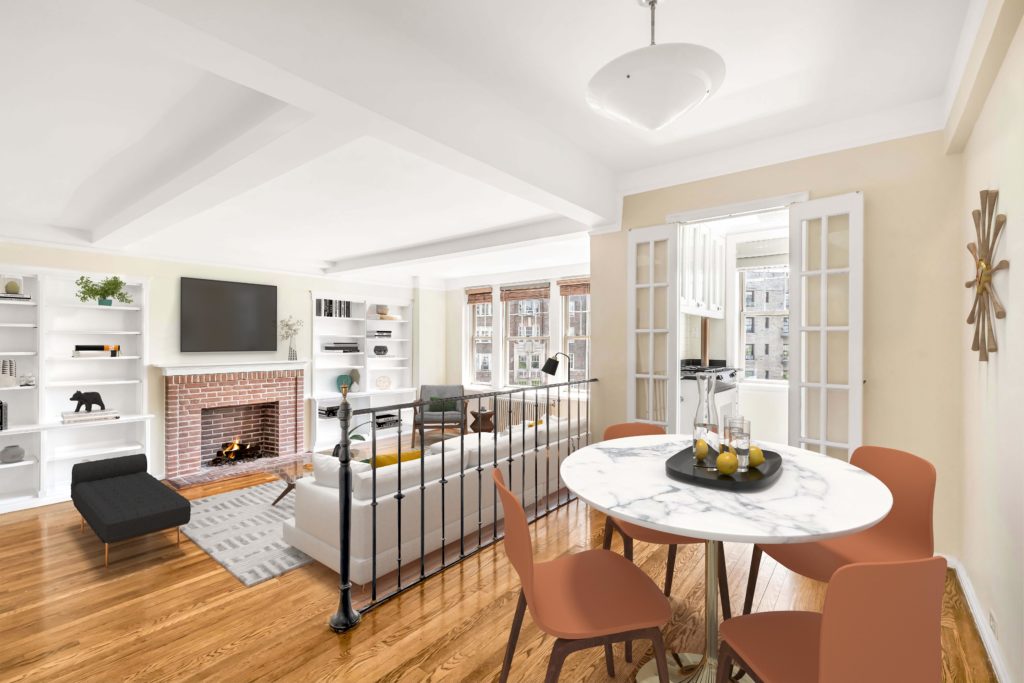
What We Do
We focus on global investors buying Manhattan condos for portfolio diversification and long term return-on-investment.
1) Identify the right buy based on objectives
2) Manage the buy process
3) Rent out the property
4) Manage tenants
5) Market the property at the eventual sale

